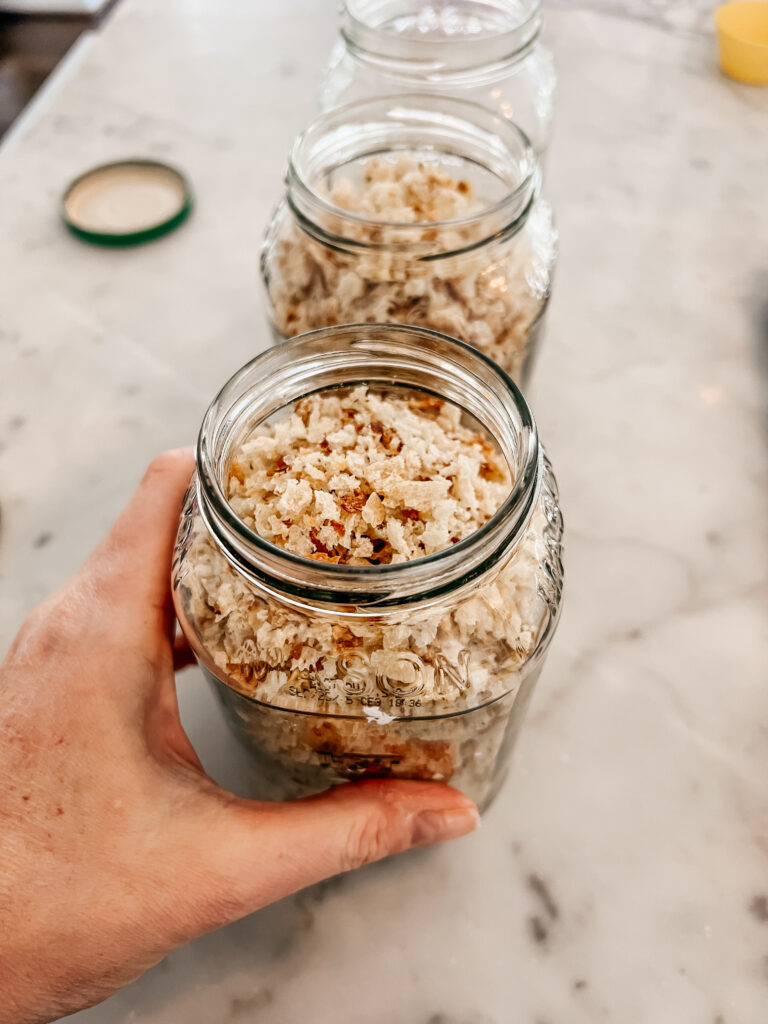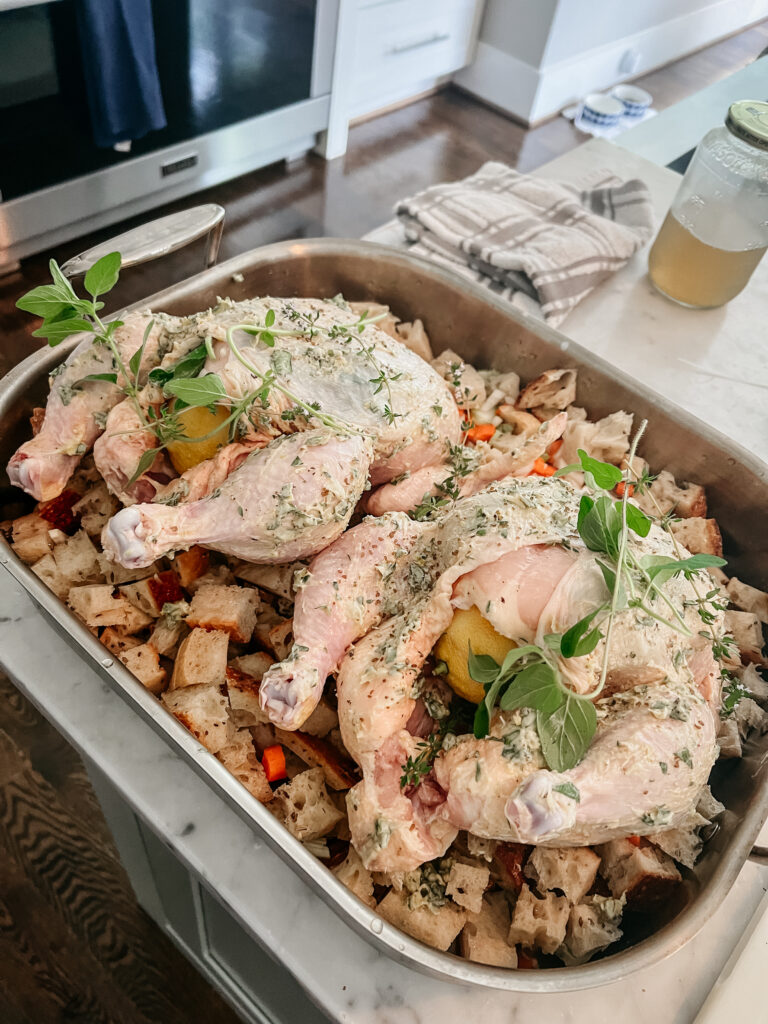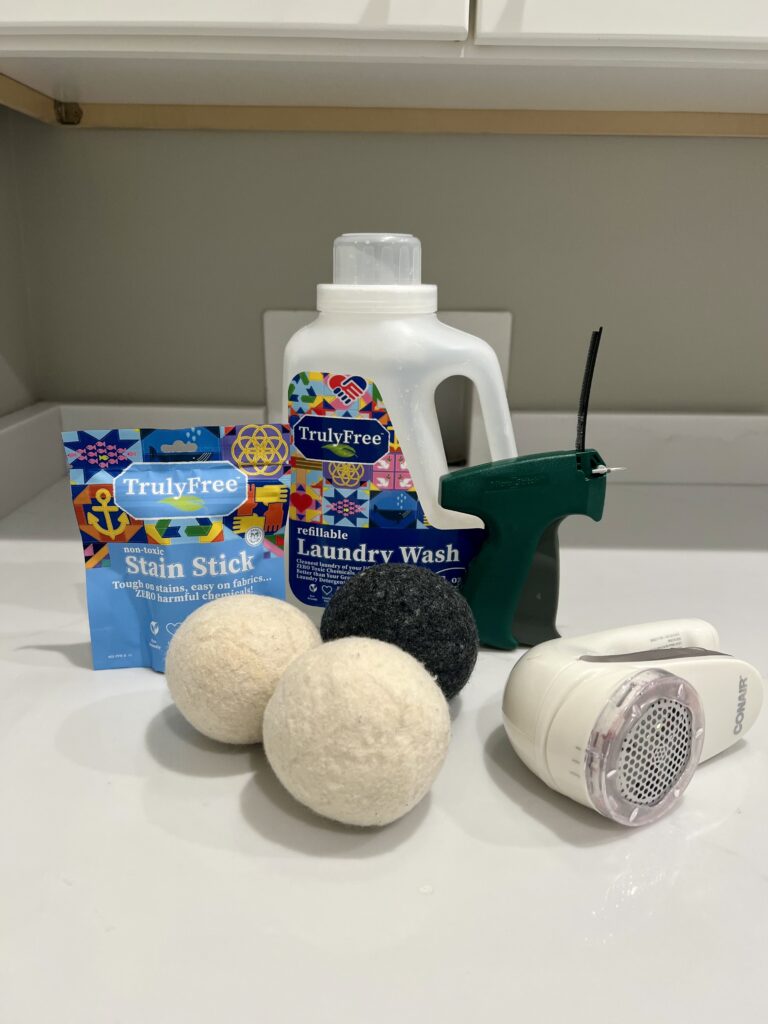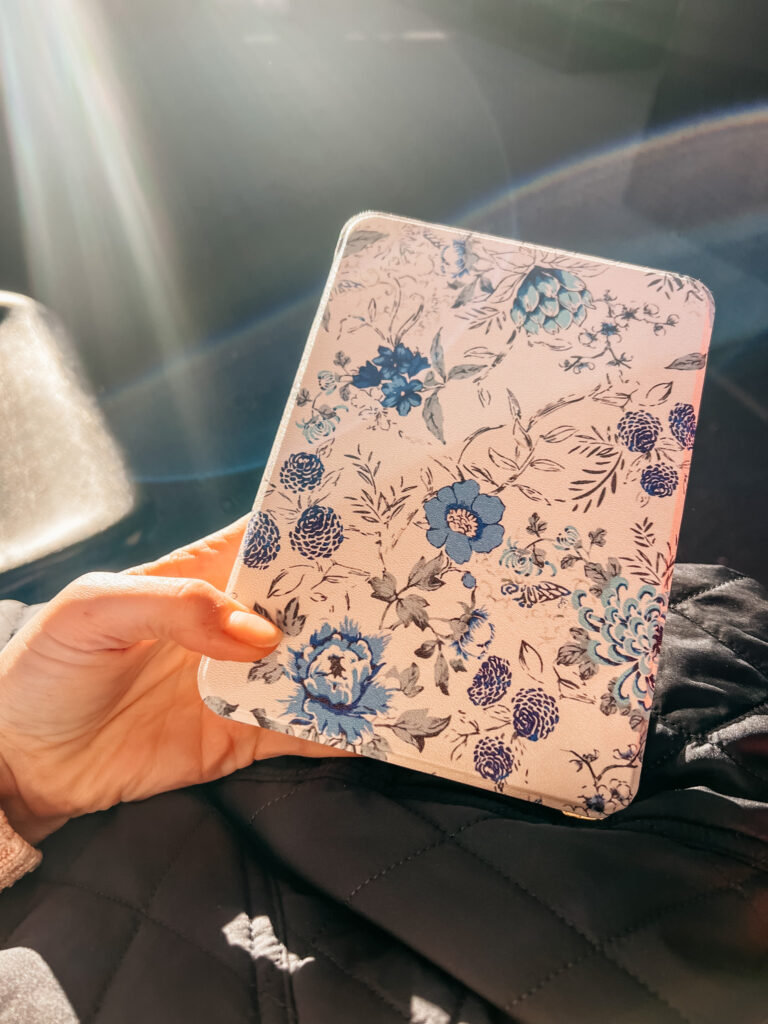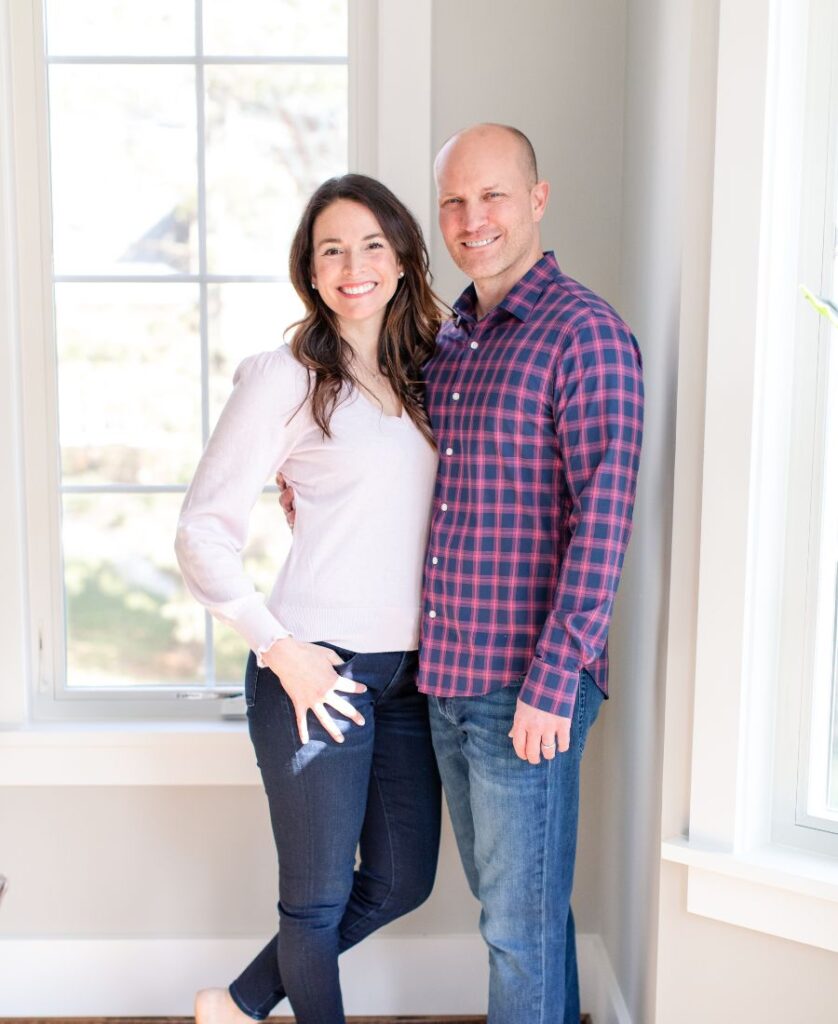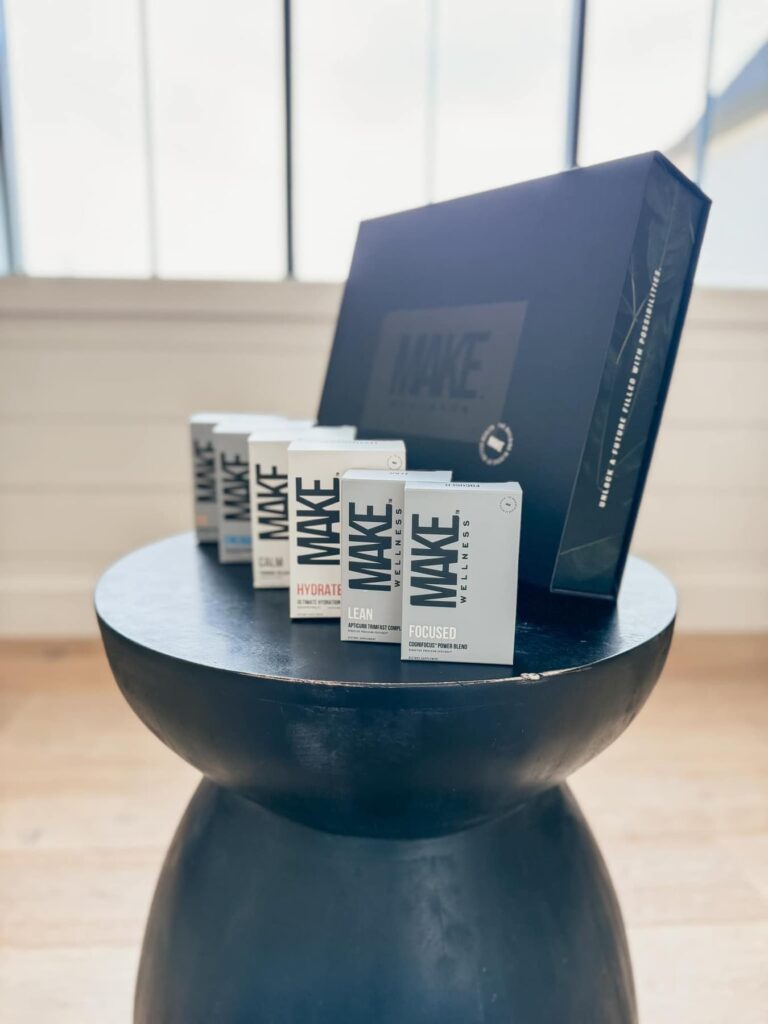Meet my Starter Virginia
When I saw everyone kick off sourdough journey during 2020 I just could not jump on board. The entire process intimidated me and I was afraid to fail at it. When I finally decided I was going to give it a go I went with the process of creating my own starter from scratch.
I enjoyed the process of starting from nothing because it helped me understand the full process of feed, discard and learn all about building a robust yeasty starter. Virginia was born in August 2022 and since then we have been making all of our bread at home. Including waffles, pancakes and bagels.
I understand how overwhelming this journey can be and I wanted to make the process approachable and easy! I have started shipping my fresh starter in the US. I feed my started every Sunday and ship them in a stiff form every Monday. This means you have only two steps before your starter is ready to bake with. You can grab a starter here. You have the option of starter only OR starter + companion videos.
Here are the instructions for when your starter arrives at home.
When your starter “stiffy” arrives
Please work on rehydration the day she arrives if possible, otherwise tuck her in the fridge until you are ready please do not wait more than 3 days to start this process.
Put the contents of your starter into a larger glass jar and mix in 50 grams of Bread Flour AND 100 grams of water. you might see chunks of flour still that’s ok!
Leave it a full 24 hours on your counter to rehydrate. We want to see it have some little bubbles but it will not rise at this point. I like to put a wet paper towel on top of my jar to keep it moist. You can also use a loose lid. Your starter should be protected from the air but not air tight.
First Feeding
Weigh out 120 grams of starter ( keep what is leftover in a jar labeled discard, this stays in the fridge for discard recipes)
120 grams of bread flour
120 grams of water
Mix everything together and let it sit on your counter until it doubles, usually 8+hrs. This can also take UP TO 3 days. Starter is a living organism and likes to take its time.
If your kitchen is cold I recommend putting it on a window sill where it will be warm to get nice and active. Once your starter is “active” You are ready to mix up your first loaf!
(SKIP DOWN TO READY TO BAKE)
Troubleshooting
If your starter does not double or rise during this first feed – 3 full days. that is ok! As long as you see tiny bubbles on top after the first feeding your starter is alive and just needs a little more TLC to build the yeast content a starter is a living organism so many factors can contribute to this. The water/flour you use for feedings, temperature etc.
Please repeat this step every 24 hours for 4-5 days. If it is still not rising please reach out so we can troubleshoot together. Troubleshooting Article
If you dont plan on baking at this point simply put your starter in the fridge with a lid until you want to bake. On that day you do want to bake and take the starter out of the fridge and feed it in the morning. Either repeat the steps above or follow the starter steps in the recipe you are using. I love the ratios above because they give me enough starter for a loaf or two plus enough to feed for the following week.
Ready to Bake
Artisan Loaf – this is my favorite foolproof sourdough loaf
**This is the process I used to create this starter back in July. Her videos are great and help you understand what the feedings/discard etc do. – https://www.feastingathome.com/sourdough-starter/
Additional Favorite Recipes
Tools you will want to have on hand
- Entire Amazon List
- A FOOD SCALE – must have for weighing your ingredients
- GLASS JARS -. I like to have 2 so that I can always use a clean jar for feedings. This is a “nice” to have and you can definitely use something you already have in your kitchen
- High Temp Parchment Paper – for baking your loaves
- Bread Flour – I like the King Arthur Bread Flour it’s a blue bag, I also use their rye flour for a more sour loaf
- Dutch Oven and Loaf pans for baking
Happy Baking!
Mandy

